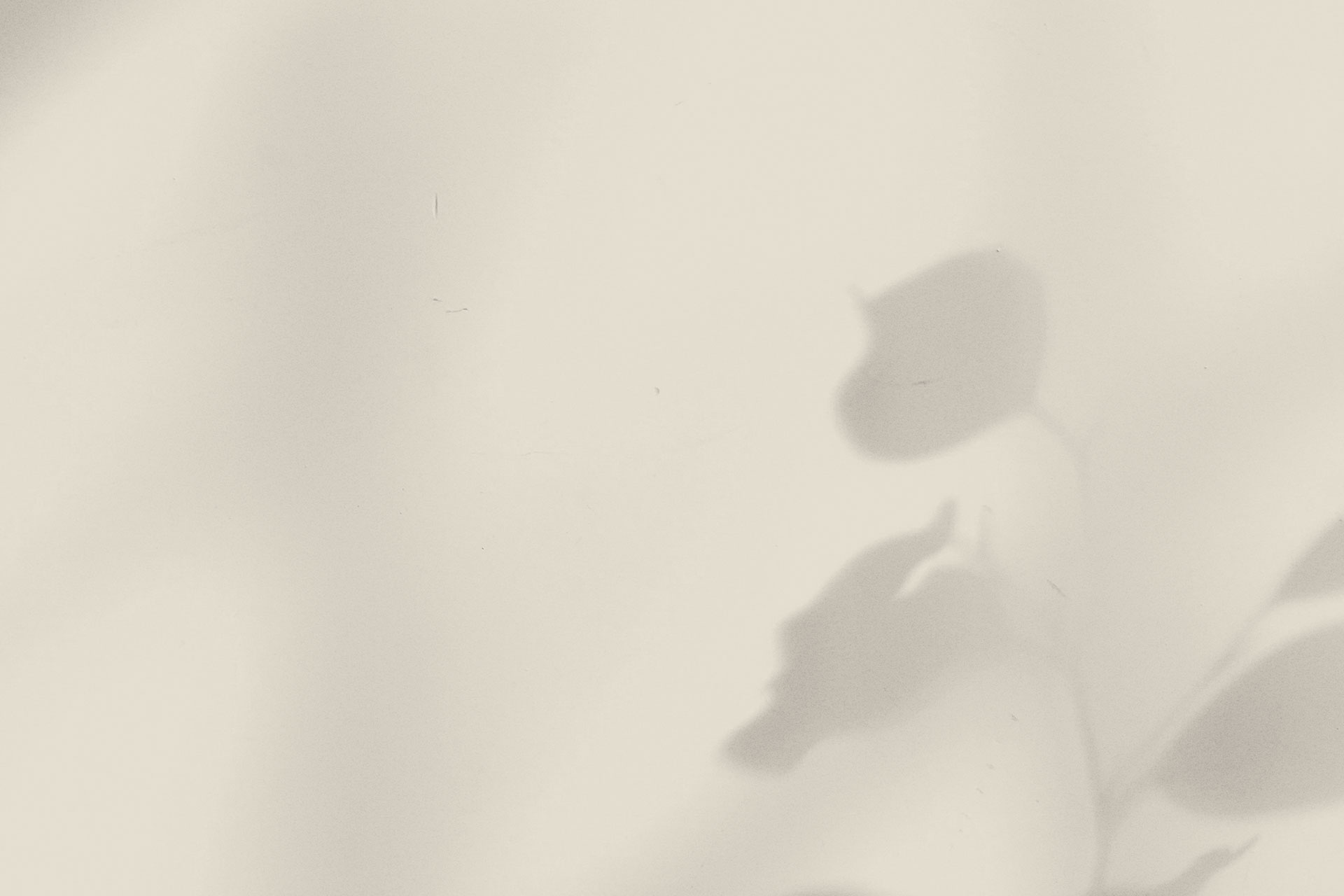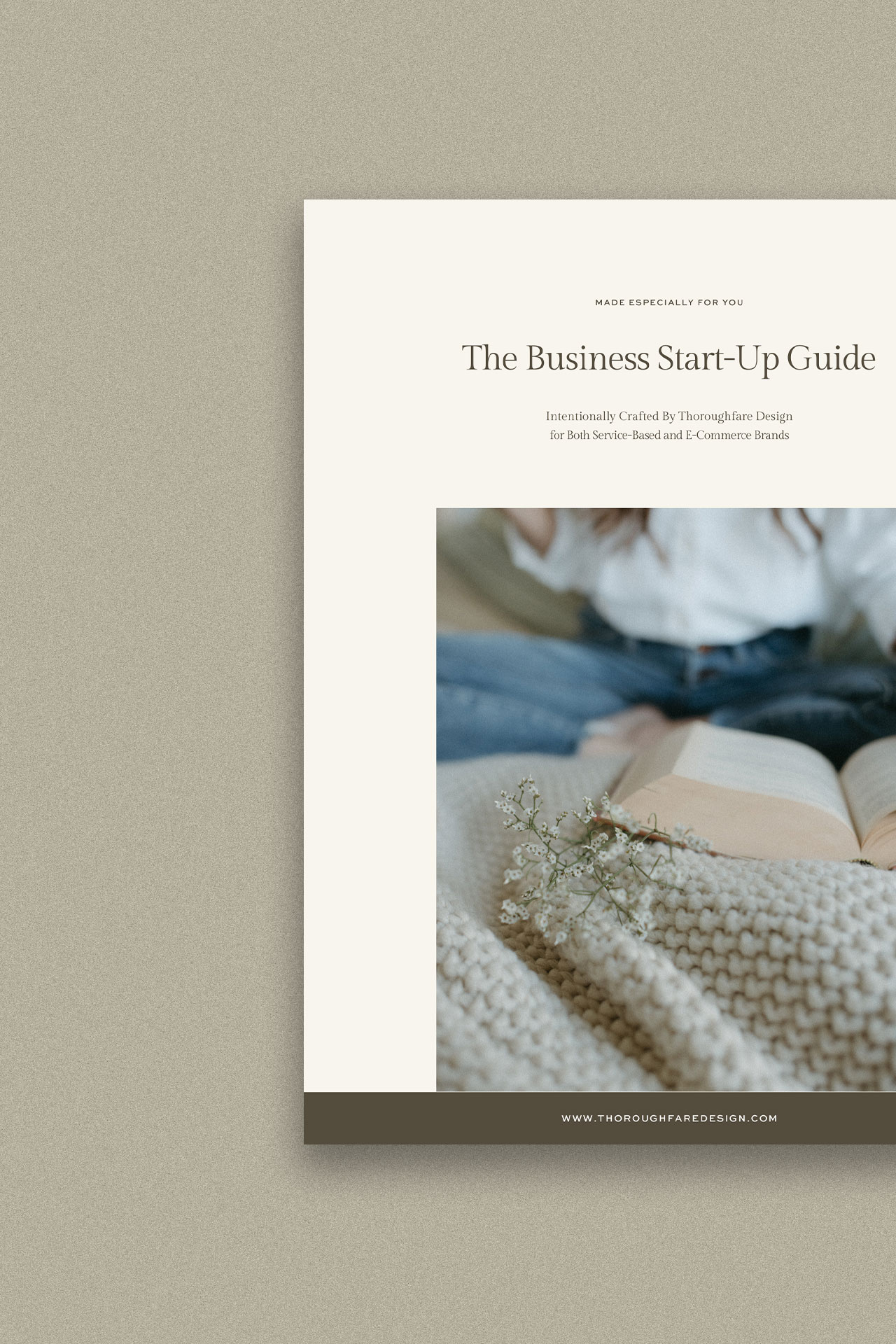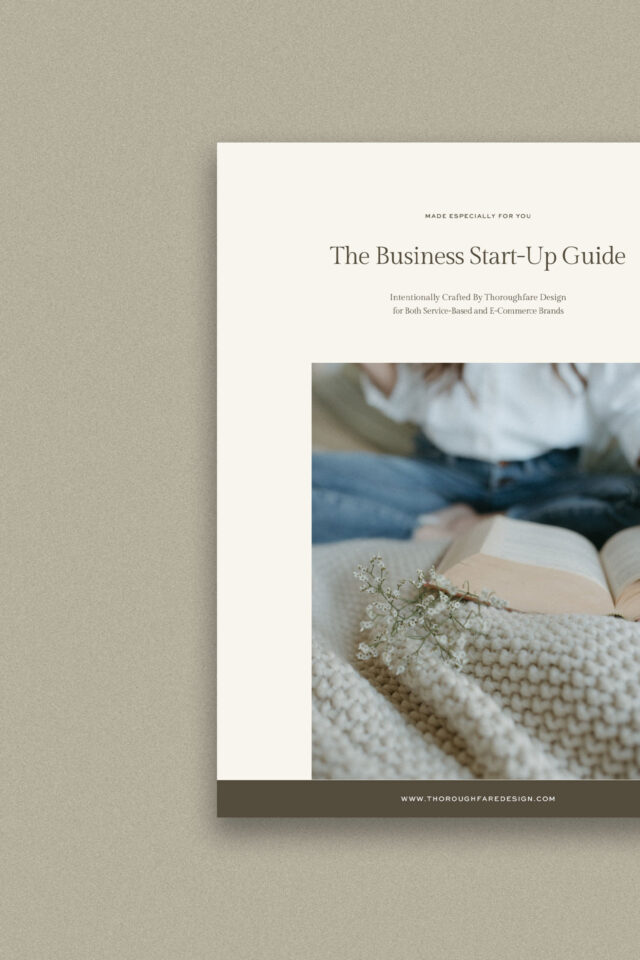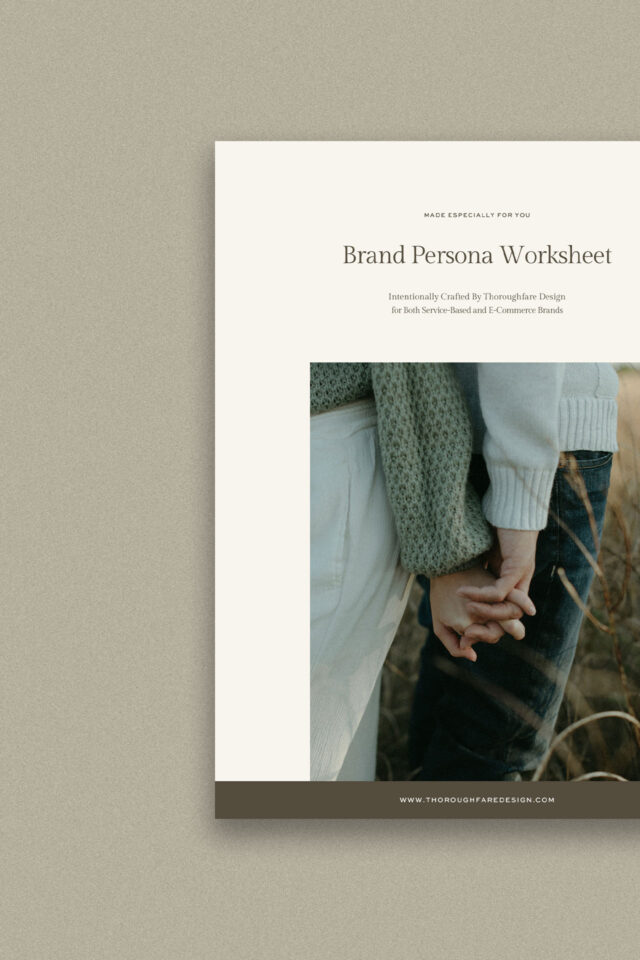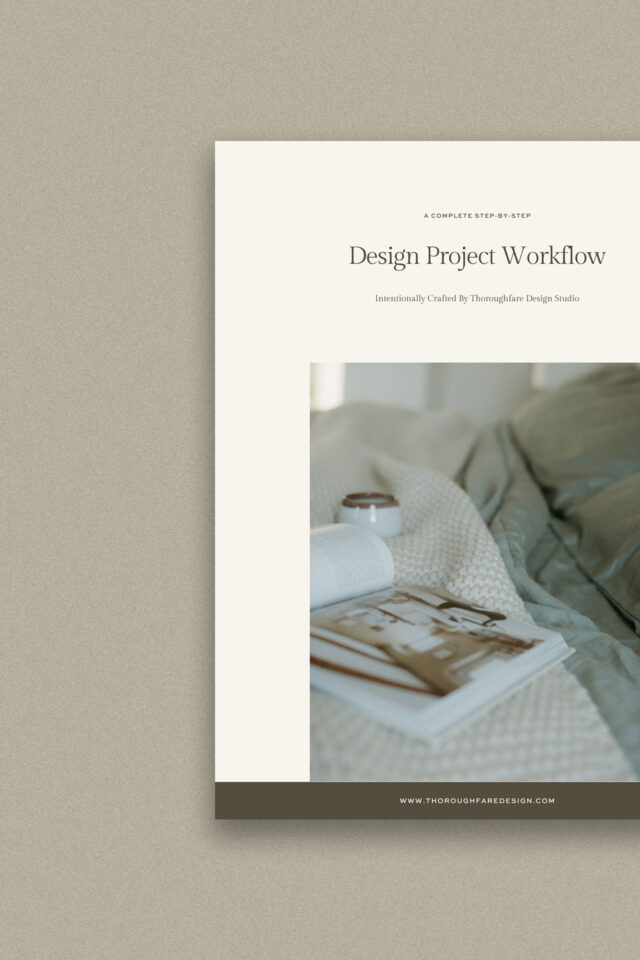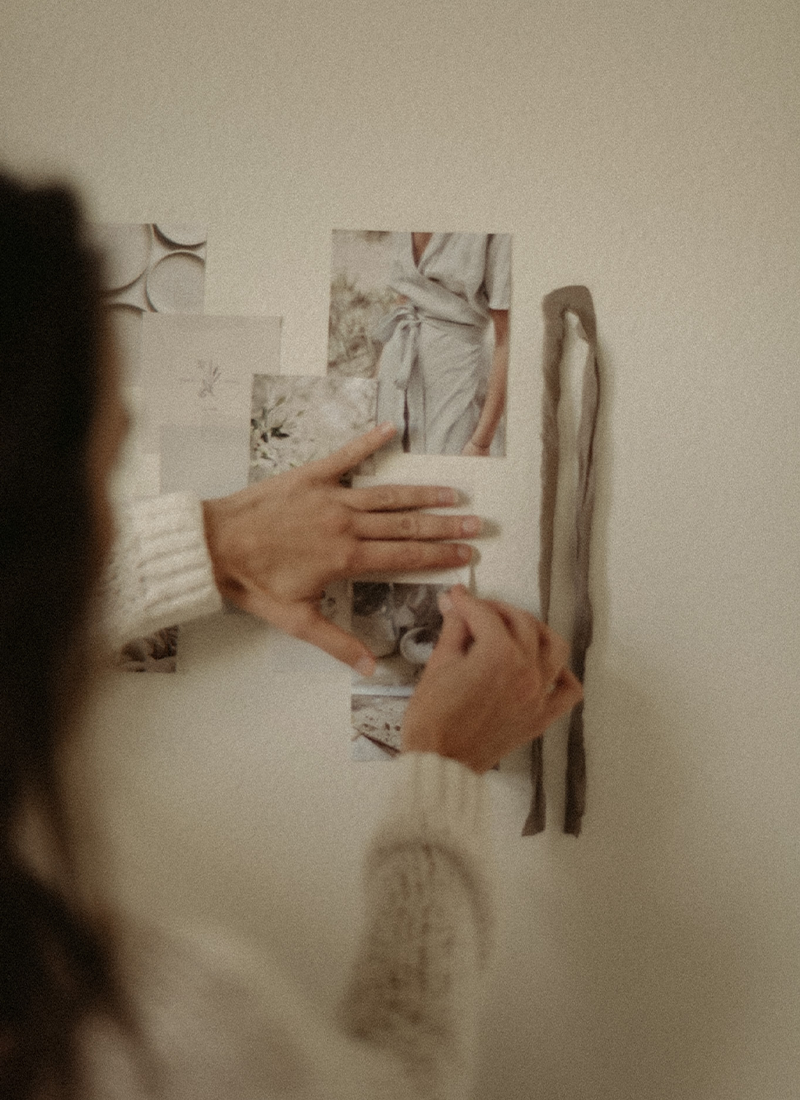
Hey there, friend! So, you’re diving into the exciting world of brand style guides, huh? Get ready because we’re about to embark on a journey to uncover the must-have elements that’ll take your brand identity to the next level. Think of me as your trusty guide, here to offer advice and insights as we explore the ins and outs of a complete brand style guide. Ready? Let’s dive in!
Brand Direction: Finding Your Brand’s Voice
Okay, first things first—let’s talk about your brand’s vibe. What’s the story behind your brand? What values do you hold dear? Take some time to dig deep and uncover what makes your brand unique. This brand direction will serve as your North Star, guiding every design decision you make. The goal of the brand direction is to give you a sense of the overall feeling of the brand.
Brand Color Palette: Painting with Emotion
Colors are powerful—they can evoke emotions, set the mood, and leave a lasting impression. When choosing your brand colors, think about the feelings you want to evoke in your audience. Are you going for bold and adventurous or calm and soothing? Once you’ve nailed down your palette, jot down those color codes so you can easily replicate them across all your brand materials. Typically, you will want to have the HEX code at a minimum. Here is an example of a HEX color code: #000000 (Black Color Code). The codes will be a mix of numbers and letters. You can use platforms like Photoshop or Canva if you need a color code picker.
Font Pairings: Setting the Tone
Fonts may seem like a small detail, but trust me, they can make a big difference. Think about the personality of your brand—are you sleek and modern or quirky and fun? Choose fonts that reflect your brand’s vibe and pair them together for a cohesive look. And don’t forget to play around with font sizes, weights, and spacing to find the perfect balance.
A good rule of thumb is to use a different font styling or font altogether for the headings (aka titles in the website) compared to the paragraphs. We will typically use two to three fonts, depending on whether we need a subheader font or maybe a cool button font. If you notice, on our website, our heading font is different from that of the paragraphs.
By using different fonts or styling, you are able to create contrast, which will help draw the eye of viewers. To put it simply, it is visually appealing =).
Logo Suite: Your Brand’s Signature
Ah, the logo—the visual representation of your brand. It’s like your brand’s signature, instantly recognizable and full of personality. When designing your logo suite, think about how you can adapt it to different contexts and sizes. You’ll want a primary logo for big, bold statements, variations for smaller spaces, and maybe even a submark for social media profiles. Try to think about the different instances in which you will need a logo and try to account for a logo size for that. For example, for shops, you will need a logo that is a bit simpler so it pairs well with your invoices. By accounting for different logo sizes, you will have a good-looking logo on all your business items or platforms.
Conclusion
Phew, we covered a lot of ground! Creating a brand style guide may seem daunting, but trust me, it’s worth the effort. By defining your brand direction, curating colors that evoke emotion, selecting the perfect font pairings, and designing a versatile logo suite, you’ll set yourself up for success in the world of branding and, more importantly, brand consistency. So, grab a cup of coffee (or tea, no judgment here) and start brainstorming. Your brand’s identity is waiting!
If you need more inspiration, feel free to browse through our portfolio, where you can see completed branding projects showcasing the elements we talked about. We showcase color palettes, examples of how the logo suite is incorporated, and more! Don’t forget to follow us on social media =) for more branding and website design tips.

